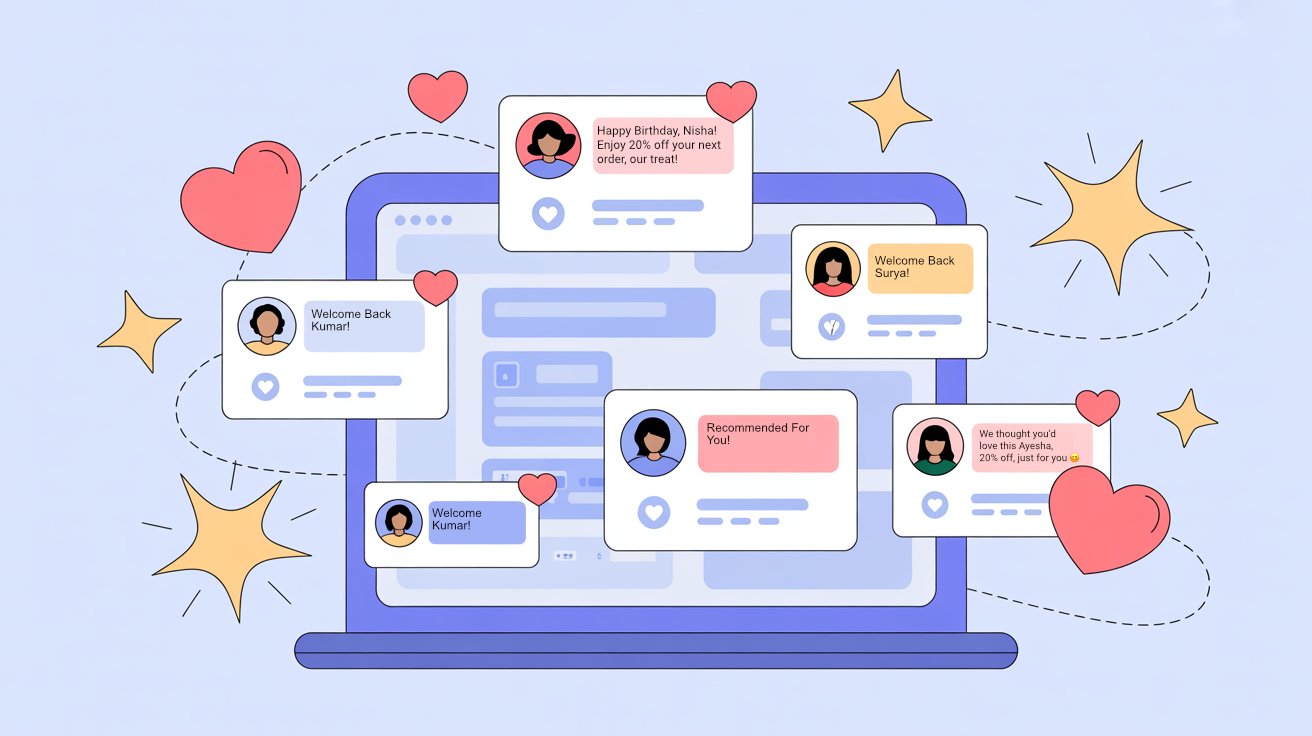How to Craft a Brand Story That Resonates with Your Audience
In today’s competitive market, a strong brand story is more than just an introduction—it’s the emotional bridge between your brand and your audience. A compelling narrative can make your brand unforgettable and drive deeper customer engagement. But how do you craft a brand story that truly connects?
What Makes a Great Brand Story?
A powerful brand story includes:
- Character: Your brand as the main protagonist.
- Conflict: The problem your audience faces.
- Resolution: How does your brand solve that problem?
- Emotion: The feelings and aspirations your story evokes.
- Authenticity: A genuine and relatable voice.
- Impact: A lasting impression that influences customer decisions.
Why Brand Storytelling Matters?
- Builds Emotional Connections – A well-crafted story fosters trust and relatability, making your brand feel more human.
- Differentiates Your Brand – Your unique journey sets you apart from competitors, offering a distinct identity.
- Strengthens Customer Loyalty – People engage more with brands they connect with on a personal level.
- Enhances Brand Recall – A memorable story ensures customers remember your brand when making decisions.
- Increases Engagement – A compelling narrative encourages likes, shares, and discussions, amplifying your reach.
- Drives Conversions – A persuasive story can turn passive viewers into active buyers.
Steps to Create Your Brand Story
- Define Your Why – What’s your mission beyond selling a product? Why does your brand exist?
- Identify Your Audience – Understand their needs, aspirations, and pain points.
- Show Transformation – Demonstrate how your brand improves lives, illustrating a clear before-and-after journey.
- Keep it Authentic – Avoid corporate jargon; be human and transparent.
- Incorporate Emotion – People remember how you make them feel, so infuse your story with emotion.
- Make it Shareable – Craft a story that people will want to tell others.
- Create a Consistent Narrative – Align your story across all brand touch points, from social media to customer service.
- Use Visual Storytelling – Videos, images, and info graphics enhance engagement and make your story more compelling.
Where to Share Your Brand Story?
- Website’s About Us page
- Social media campaigns & videos
- Email marketing & brand ads
- Blog posts, interviews, and case studies
- Pitch presentations and investor decks
- Customer testimonials and success stories
Examples of Powerful Brand Stories
- Nike: Their brand story isn’t just about selling shoes—it’s about perseverance, motivation, and striving for greatness.
- Apple: They position themselves as a brand that empowers creativity and challenges the status quo.
- Airbnb: Their story revolves around belonging anywhere in the world and fostering connections beyond accommodation.
Common Mistakes to Avoid
- Being too sales-focused – A brand story should inspire, not feel like an ad.
- Lacking emotional depth – The best stories evoke strong emotions that leave a lasting impact.
- Ignoring audience perspective – The story should be about them, not just about your brand.
Conclusion
Your brand story is your most powerful marketing tool. Make it authentic, relatable, and inspiring to leave a lasting impact. A great story isn’t just told—it’s felt and remembered.
💬 What’s your brand’s story? Share it in the comments below!











